
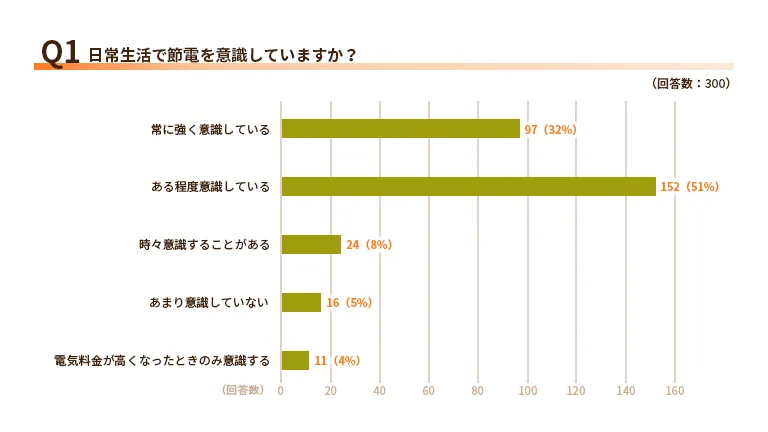
Exploring the Motivation Behind Energy Conservation: Survey Insights
Understanding Energy Conservation Awareness and Action
In January 2025, a survey was conducted with 300 participants through internet research to explore the motivations behind energy conservation, the awareness of electricity-saving practices, and how these factors influence actual behavior. With growing concerns over rising electricity costs and environmental issues, the awareness and action towards energy saving have become increasingly relevant.
General Awareness of Energy Conservation
The survey began by assessing the general awareness of participants regarding energy conservation in their daily lives. When asked if they consciously think about energy savings, 32% responded that they are "constantly aware," while 51% indicated that they are "somewhat aware." This result suggests that over 80% of respondents actively consider energy conservation, though some variability exists in individual awareness. On the other hand, 8% indicated that they think about it occasionally, and 5% admitted to not being very mindful about it. Furthermore, 4% only considered energy savings when electricity bills rise.
Sense of Necessity for Energy Conservation
When inquired about the necessity of energy conservation, almost 90% of respondents expressed either a "strong sense" (40%) or "somewhat strong sense" (49%) of its importance. Given the context of rising fuel costs and the domestic electricity supply shortage, the survey indicates heightened awareness surrounding energy usage. Only 1% felt they didn't need to conserve energy at all, while another 9% remained neutral in their responses.
Actions Toward Energy Conservation
The survey then delved into actual actions taken to conserve energy. The most common response (35%) was that participants make a habit of turning off lights. Other frequent actions included adjusting air conditioning settings (24%), reducing standby power (17%), and using energy-efficient appliances (16%). Additionally, some individuals (4%) reported that they try to avoid using appliances during peak electricity usage hours. Remarkably, only 3% stated they are doing nothing at all—which points to a broad engagement in energy-saving efforts among the majority of respondents.
Challenges Faced in Implementing Energy Conservation Actions
Respondents were also asked about the greatest challenges they face when attempting to conserve energy. The leading difficulty (37%) was maintaining comfort while reducing energy consumption. This is especially true during harsh weather conditions when it's challenging to find the right balance between comfort and energy savings. Close behind, 33% identified the challenge of integrating energy-saving habits into their daily routines, illustrating the struggle to make these actions sustainable. Additionally, 14% noted the difficulty of getting family cooperation, and 11% expressed uncertainty about whether their efforts are genuinely yielding savings, indicating that visible results, such as decreased bills, are important for maintaining motivation.
Sources of Information on Energy Savings
When asked where they gather information about energy conservation, the majority cited "television and radio" (33%) as a primary source, followed by "the internet" (29%). These platforms play a crucial role in disseminating immediate news and features related to energy-saving practices. A smaller percentage rely on newspapers and magazines (10%) or information directly from utility companies (12%). Notably, only 4% mentioned gaining insights from family or friends, highlighting limited conversational exchanges about energy-saving strategies within households.
Family Discussions on Energy Conservation
Regarding family discussions about energy conservation, the survey revealed that 30% of participants only engage in occasional conversations about it. When combined with those who discuss it often (9%) or only when bills spike (16%), the overall picture indicates that about half of households engage in some level of dialogue about energy savings. However, a concerning quarter of respondents (27%) indicated that they rarely or never discuss it, showcasing a disconnect between awareness and family communication on this critical issue.
Motivations for Continued Energy Conservation Efforts
In assessing motivations to continue saving energy, the survey revealed that the primary driving force was the prospect of reducing electricity bills, cited by 56% of respondents. This aligns with current economic challenges where visible financial benefits inspire proactive behavior. Other motivations included contributions to environmental protection (15%) and the influence of family and social feedback (5%). Some respondents (8%) indicated a lack of motivation entirely, suggesting there is a group that lacks sufficient incentives or goals to initiate action.
Seasonal Variations in Energy Conservation Awareness
The survey shed light on the impact of seasons on energy conservation awareness, with a notable 40% of participants admitting their perception shifts with the seasons. Many feel particularly motivated during summer and winter, where the use of heating and cooling systems typically peaks. A portion also indicated that changes in electricity prices seasonally influence their dedication to energy conservation.
Conclusion
Overall, it is clear from the survey that while many participants recognize the importance of energy conservation and actively engage in energy-saving actions, notable gaps exist in motivation and perceived effectiveness of these efforts. The psychological disconnect between awareness and action suggests further education and engagement strategies could enhance participation in energy-saving initiatives.
For households looking to lower their electricity costs, exploring rate plans that align with specific consumption patterns, such as those offered by Ene-One Electricity, may yield positive results. By choosing from tailored plans that suit their usage, families can efficiently minimize unnecessary burdens. Interested individuals can also easily complete applications online and utilize available electricity cost simulations to project possible savings.
For more details about energy-saving measures and available plans, visit Ene-One Electricity.

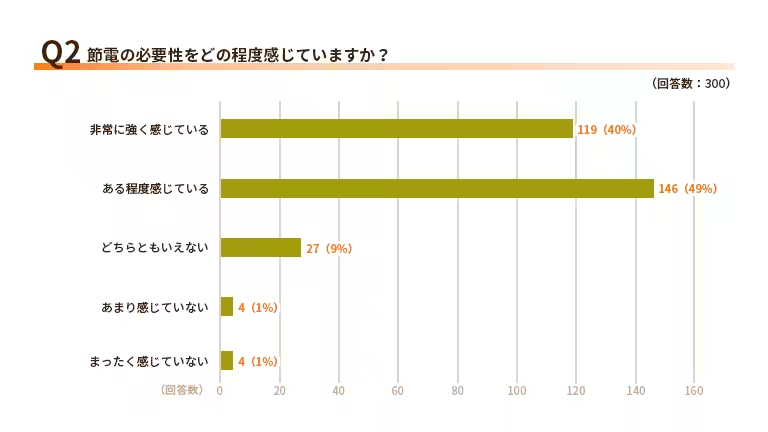
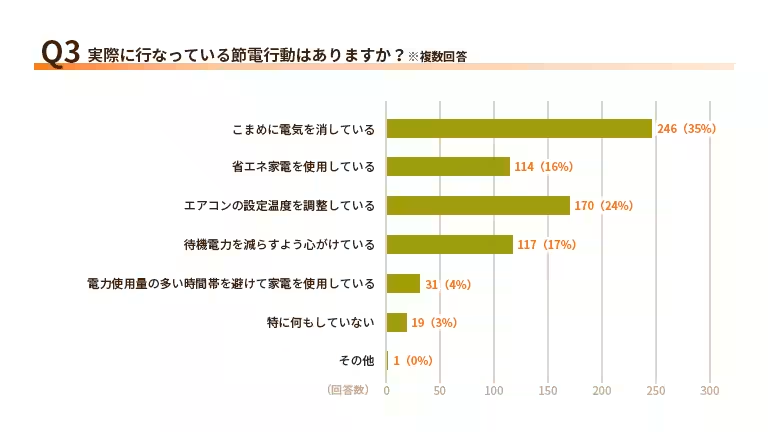
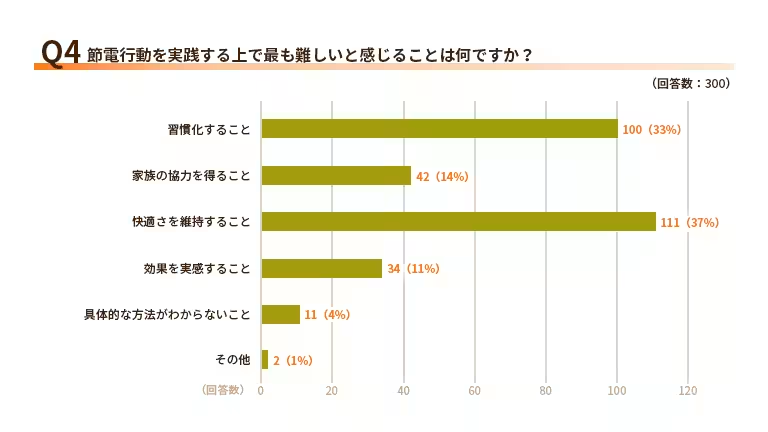
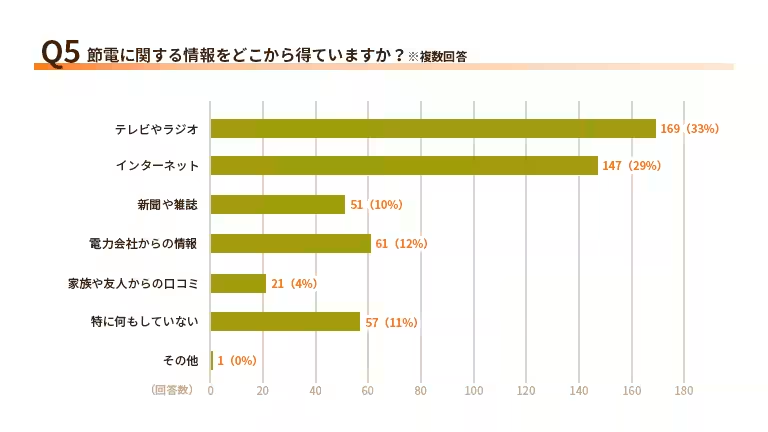
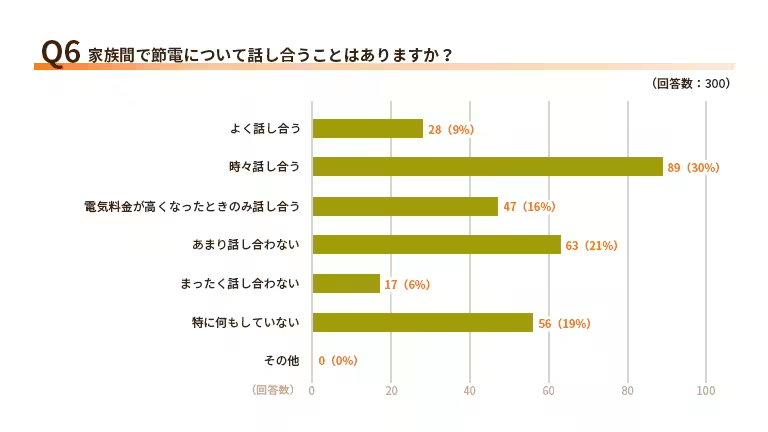
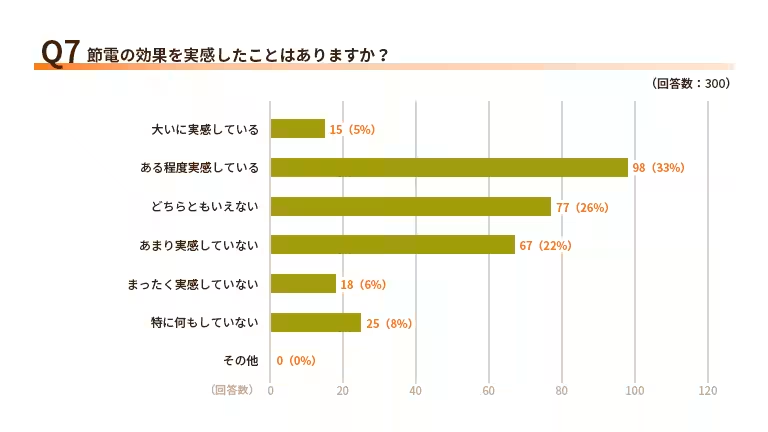


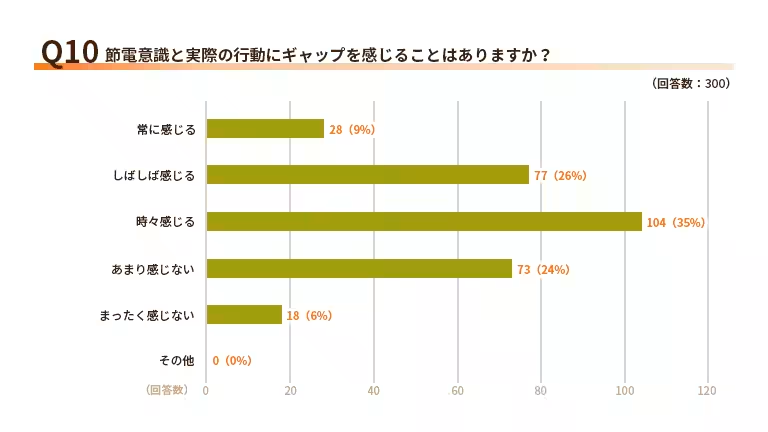
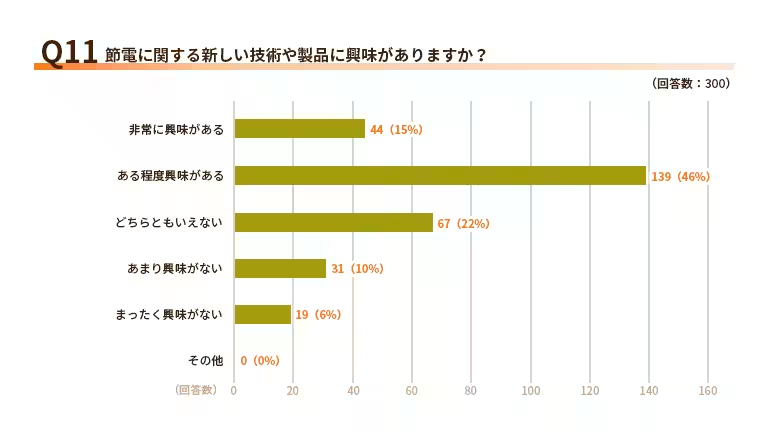
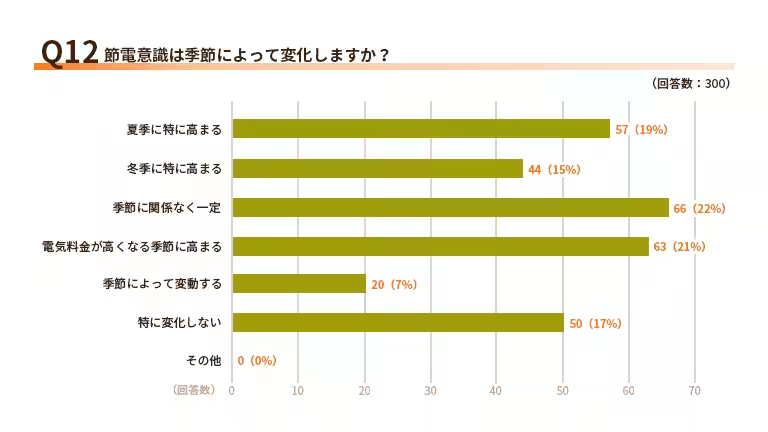
Topics Environment)










【About Using Articles】
You can freely use the title and article content by linking to the page where the article is posted.
※ Images cannot be used.
【About Links】
Links are free to use.